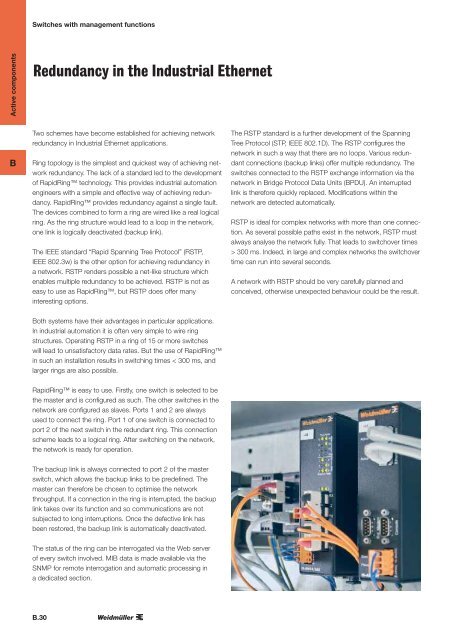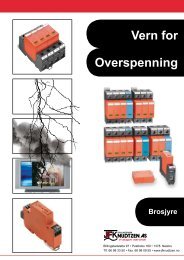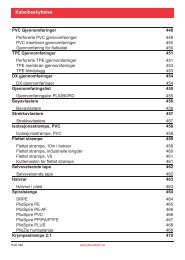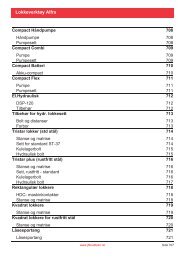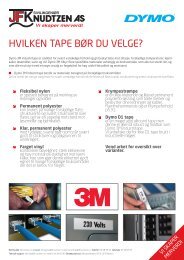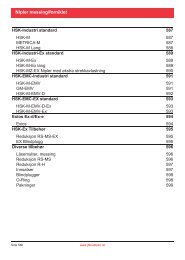Industrial Ethernet
Industrial Ethernet
Industrial Ethernet
You also want an ePaper? Increase the reach of your titles
YUMPU automatically turns print PDFs into web optimized ePapers that Google loves.
Switches with management functionsActive componentsRedundancy in the <strong>Industrial</strong> <strong>Ethernet</strong>BTwo schemes have become established for achieving networkredundancy in <strong>Industrial</strong> <strong>Ethernet</strong> applications.Ring topology is the simplest and quickest way of achieving networkredundancy. The lack of a standard led to the developmentof RapidRing technology. This provides industrial automationengineers with a simple and effective way of achieving redundancy.RapidRing provides redundancy against a single fault.The devices combined to form a ring are wired like a real logicalring. As the ring structure would lead to a loop in the network,one link is logically deactivated (backup link).The IEEE standard “Rapid Spanning Tree Protocol” (RSTP,IEEE 802.3w) is the other option for achieving redundancy ina network. RSTP renders possible a net-like structure whichenables multiple redundancy to be achieved. RSTP is not aseasy to use as RapidRing, but RSTP does offer manyinteresting options.The RSTP standard is a further development of the SpanningTree Protocol (STP, IEEE 802.1D). The RSTP configures thenetwork in such a way that there are no loops. Various redundantconnections (backup links) offer multiple redundancy. Theswitches connected to the RSTP exchange information via thenetwork in Bridge Protocol Data Units (BPDU). An interruptedlink is therefore quickly replaced. Modifications within thenetwork are detected automatically.RSTP is ideal for complex networks with more than one connection.As several possible paths exist in the network, RSTP mustalways analyse the network fully. That leads to switchover times> 300 ms. Indeed, in large and complex networks the switchovertime can run into several seconds.A network with RSTP should be very carefully planned andconceived, otherwise unexpected behaviour could be the result.Both systems have their advantages in particular applications.In industrial automation it is often very simple to wire ringstructures. Operating RSTP in a ring of 15 or more switcheswill lead to unsatisfactory data rates. But the use of RapidRingin such an installation results in switching times < 300 ms, andlarger rings are also possible.RapidRing is easy to use. Firstly, one switch is selected to bethe master and is configured as such. The other switches in thenetwork are configured as slaves. Ports 1 and 2 are alwaysused to connect the ring. Port 1 of one switch is connected toport 2 of the next switch in the redundant ring. This connectionscheme leads to a logical ring. After switching on the network,the network is ready for operation.The backup link is always connected to port 2 of the masterswitch, which allows the backup links to be predefined. Themaster can therefore be chosen to optimise the networkthroughput. If a connection in the ring is interrupted, the backuplink takes over its function and so communications are notsubjected to long interruptions. Once the defective link hasbeen restored, the backup link is automatically deactivated.The status of the ring can be interrogated via the Web serverof every switch involved. MIB data is made available via theSNMP for remote interrogation and automatic processing ina dedicated section.B.30


